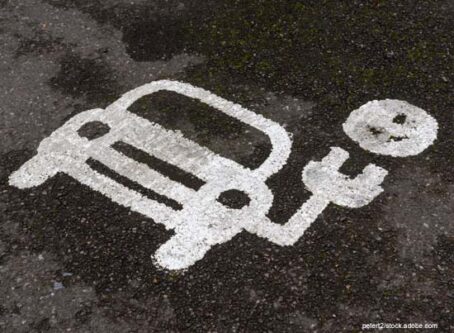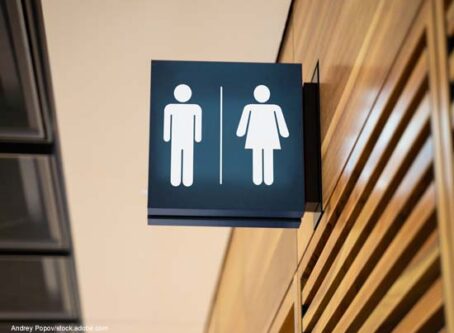California voters to get say on time changes
As the annual ritual to change clocks backward occurs this weekend, voters in California also will soon decide whether the observance of daylight saving time is worth continuing.
Golden State voters will decide Nov. 6 whether they are interested in abandoning the state’s observance of daylight saving time. Specifically, Proposition 7 will ask voters to consider eliminating the practice of switching clocks throughout the state twice annually.
The question is on the statewide ballot after the California Legislature and Gov. Jerry Brown approved legislation, AB807, to let voters weigh in on the issue.
“If passed, it will – albeit through a circuitous path – open the door to year-round daylight saving,” Gov. Jerry Brown wrote about the effort.
Currently, Arizona and Hawaii are the lone states not to take part in time changes. The two states do not recognize DST. Neither do the United States’ five populated territories.
Federal law does not require states to observe DST, but if they choose to follow the time change they must adhere to the dates set.
In 1949, California voters approved a proposition to conform with federal guidelines and adopt daylight saving time in the spring and summer months.
Proposition 7 will ask voters to repeal the 70-year-old proposition.
The U.S. Department of Transportation states that DST is observed because it saves energy, saves lives and prevents traffic injuries, and reduces crime. Advocates add the extra daylight in the morning is beneficial for school children and farmers.
Critics counter the time changes may have been useful for some during a bygone era but it provides little if any real benefit.
According to the state’s Attorney General’s office, Prop. 7 supporters add that the state’s economy takes a $434 million hit in lost productivity when clocks are changed twice yearly.
If California voters approve Prop. 7 they will authorize the Legislature to take action to eliminate the time switch and potentially make the move to DST all year.
A new bill would be required for passage with two-thirds support in both statehouse chambers. The governor – not Gov. Brown, who leaves office in January – must also endorse the change.
If the above steps are taken federal authorization would be the final phase necessary to make the change.
Failure to gain federal approval would not necessarily derail the state’s pursuit of a time switch. Another option for California would be to join Arizona and Hawaii on standard time year-round, which does not require congressional consent.
Standard time begins this year on Sunday, Nov. 4.









